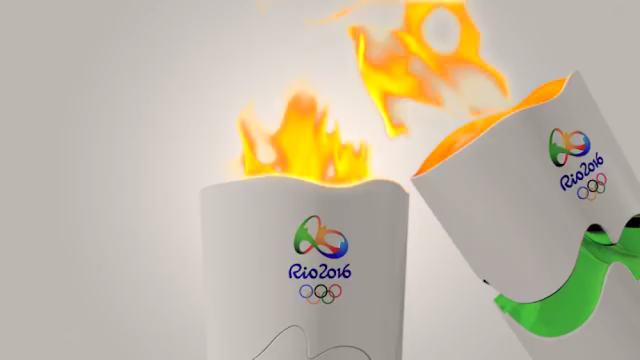 |
| Source: Rio 2016 |
Design is the marriage of message and motif. It is the intersection of identity and icon. In crafting a logo or a slogan or a character, the end symbol is the summation of both the shape and the story.
That’s why the images of the Olympic Games have reached such exalted status. The five rings are a beacon of continental unity. The posters and medals and mascots have linked arms through the years to provide an intriguing portrait of episodic design trends and nationalistic pride.
 |
| Source: Rio 2016 |
Looking back at the summer and winter Games, we have offered reviews of:
The Olympic torch is an often-overlooked aspect of sports history. Many viewers might remember the televised cauldron lightings, but few can recall the specifics of each particular torch style. This is a shame, because the Rio 2016 cresset is a testament to careful design and deeply embedded meaning.
The Rio torch, as always, represents “peace, unity, and friendship.” This particular beacon, however, features many other subtle elements to personify the flair and landscape of Brazil. For example, this torch is the first to extend and grow. From the official Olympics site:
 |
| Source: Rio 2016 |
For a look back at past Olympic torches, this wiki outlines a complete list of manufacturers and designers. For a visual gallery, the Olympic site includes icons going back to the 1936 Berlin Games.
Personally, our historic favorites are the art deco Innsbruck 1976, the knifed Sydney 2000, and this year’s evocative Rio 2016:
 |
| Source: Olympic.org |
Our least favorites are the spatulaed Montreal 1976, the cucumbered Albertville 1992, and the twizzlered Sochi 2014:
 |
| Source: Olympic.org |
For other ideas about teaching with the Olympics, we recommend:










